Teaching Phonics: Initial and Final Blends
Hey, y'all! We've been having so much fun with our phonics games during our center time, small groups for reading, and for interventions. Our next order of business is learning about consonant blends--initial blends and final blends.
Over the last few years, I've done a ton of research and learning about how students learn to read and use their phonics skills. Two things consistently come up. First, phonics skills should be explicitly taught and practiced for the skill to "stick." And second, learning through play makes new skills "stick" faster. So... phonics games.
In our classroom, we follow a strict scope and sequence for our phonics lessons. Monday, we learn the new skill. We talk about different "rules" that we typically see with these skills ("ai" is usually in the middle of a syllable, "ay: is usually at the end of a syllable, etc.) and we practice the words our curriculum will be assessing them on at the end of the week. Tuesday and Wednesday, we practice the new spelling patterns in different words. Thursday, we review the pattern and practice writing it in sentences. Friday, we have a spelling test to check the "stickiness" of the new skill.
But it's not enough for students to be taught the skill in isolation and not use it right away. I mean, in math we learn about what the addition sign means, then we practice adding things together. Over and over and over and over... to make sure it sticks. In phonics, the same is true. We learn the new skill, then students must USE THE SKILL to make sure they've got it.
So, we introduce consonant blends (I do), we practice them together during our lessons (we do), then the kids take these phonics games to their literacy centers to practice applying the skill on their own (you do). 'Cause if they don't practice it right away, it'll take even longer for them to internalize it.
So, for my on grade level and above kids, we may play the games once or twice in our small reading group, then the kids play it independently in their literacy center rotations. For my group that needs more practice, we'll play it together in our reading group a few times, maybe even a week or two after introducing the skill if we're still working on previously taught skills, before they play it independently.
The kids usually master consonant blends pretty easily. The ones they struggle with are the blends with "m" and "n." If you find your students are consistently dropping the "m" or "n" in their writing of a word with a blend, have them hold their nose while they say the word. They'll find the m and n hard to say with their nose pinched and will figure out where it goes. Try it. Say "sink" while holding your nose. Find the "n"? Your kids will, too.
Another common spelling error with blends is when "r" is with another consonant. Every see a kid write "chree" instead of "tree." Have students watch you say the word, map the sounds with them, and, if needed, have them use a hand mirror to watch themselves say the word. Often times, they have a lightbulb moment about the word when this happens. If it doesn't click right away, don't give up. Keep working on isolating each sound in the blend until they start to do it on their own.
These blending games can be found in my TPT store here. While you're there, be sure to follow me so you don't miss anything new--and there's a lot of new on the way! These centers are also part of a growing bundle of phonics games and interventions that will last you an entire school year. You can check it out here.
I hope you got some new ideas for your classroom and found some ways to help your new readers. Thanks for stopping by and I hope you have a wonderful week. I'll talk to you soon.



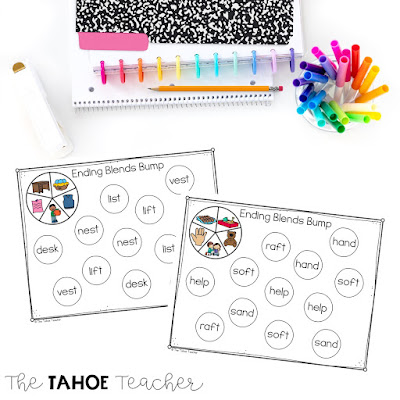
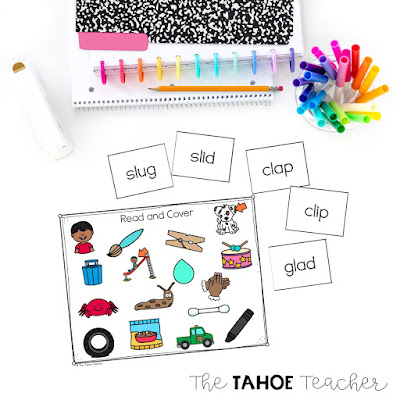


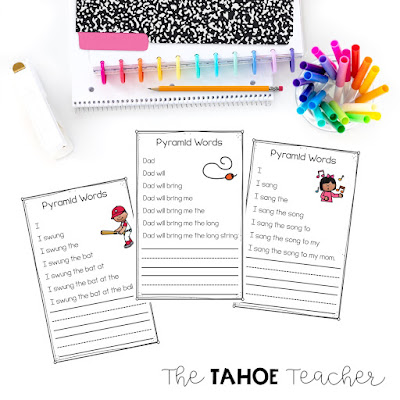

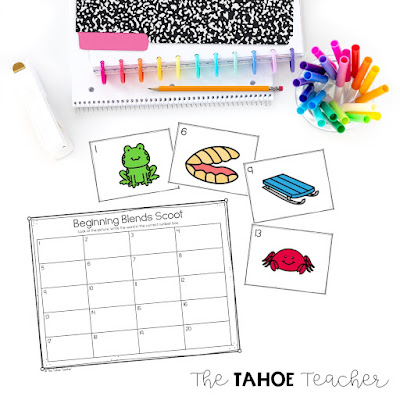

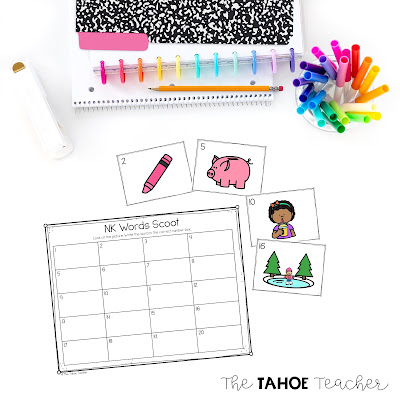

nice
ReplyDelete